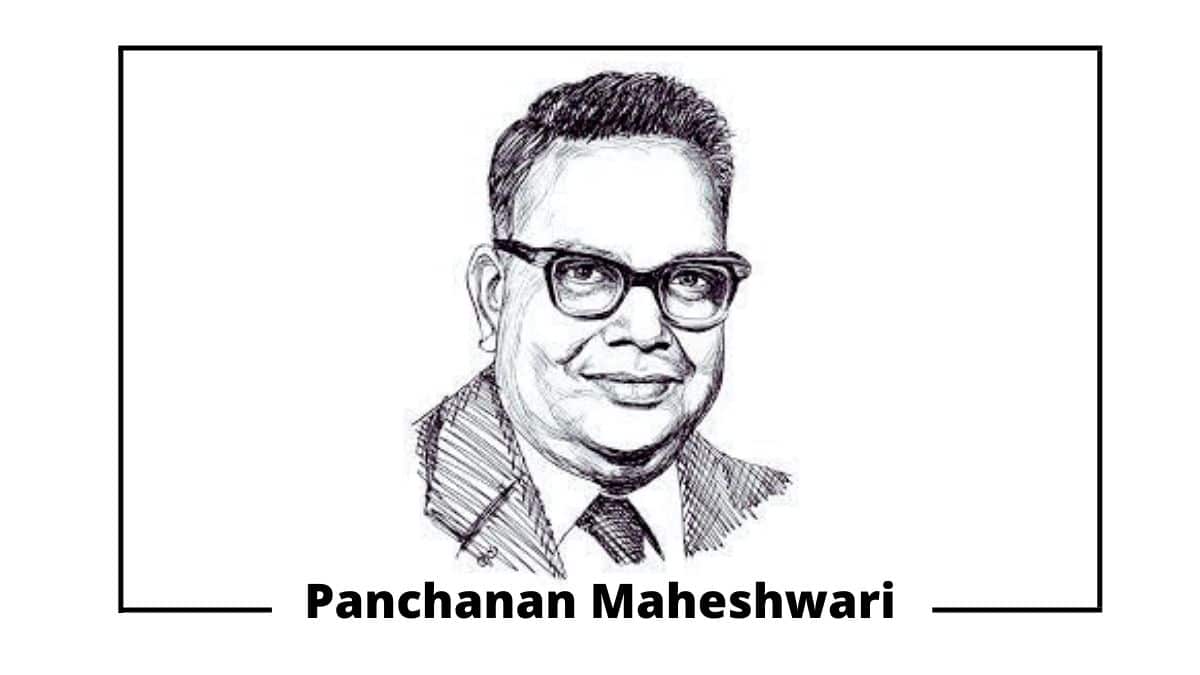Panchanan Maheshwari, an eminent figure in Indian botany, etched an enduring legacy in the annals of science through his pioneering contributions and visionary leadership. Born on November 9, 1904, in Jaipur, Rajasthan, Maheshwari emerged as a stalwart in the field of plant biology, leaving an indelible mark on the scientific community.
His illustrious career was marked by profound scholarly achievements and influential roles, including his tenure as a distinguished Professor. His journey, which spanned from his birth in Jaipur to his passing on May 18, 1966, stands as a testament to his enduring impact on botanical research and education in India and beyond.
In Short
- Born: 9 November 1904
- Died: 18 May 1966 (aged 62)
- Nationality: Indian
- Famous as: Botanist
- Education: Ewing Christian College
- Work Field: Botany
- Awards: Birbal Sahni Medel in 1958
- Books: An Introduction to the Embryology of Angiosperms and Recent Advances in Embryology of Angiosperms
Panchanan Maheshwari was born in November 1904 in Jaipur (Rajasthan), India. He was an eminent botanist specializing in plant embryology, morphology and anatomy, plant physiology, and biochemistry.
He was one of the leading plant biologists who established the technique of test-tube fertilization of angiosperms. Maheshwari’s father was not a scientist but a clerk whose salary was not enough to fulfill their needs, but he was keened that his son should receive the best possible education that he could not get.
His parents not only trained him to spend life in a well-disciplined manner, but he worked more hours to raise the money needed for his son’s education and needs. He used to buy a lot of books for young Maheshwari. Maheshwari later spent more than he could afford on books and laboratory materials.
Panchanan Maheshwari always had a small laboratory at home and did research there in his spare hours. Mr. Maheshwari rose to become one of the most distinguished botanists for their contribution not only to India but to the entire world.
He worked on embryological aspects and popularised the use of embryological characters in taxonomy. He established the Department of Botany, at the University of Delhi as an important center of research in embryological studies and plant tissue culture.
Embryo culture techniques have many significant uses of applications in plant breeding, as well as their basic studies in physiology and biochemistry. Immature embryo rescue and culture is one of the earliest and most successful techniques used for recovering and growing plants from sexual crosses where the majority of embryos cannot survive in vivo conditions or become dormant for a long period.
He also emphasized the need for the initiation of work on the artificial culture of immature embryos. He encouraged general education and made a significant contribution to school education through his leadership in bringing out the very first textbooks of biology for Higher Secondary Schools Published by NCERT in 1964.
His efforts were crowned with his success. Not only did the department develop and gain recognition abroad, but scientists elsewhere began to take up research in this field. Maheshwari can well be called the father of modern embryology.
Maheshwari wrote his two authoritative books, An Introduction to the Embryology of Angiosperms and Recent Advances in Embryology of Angiosperms.
Education
Panchanan Maheshwari began his academic journey at Ewing Christian College in Allahabad, Uttar Pradesh, with aspirations of pursuing a career in medicine. During his time at Ewing, Maheshwari was mentored by Winfield Dudgeon, a pivotal influence in his early academic life.
However, due to challenges with weak eyesight, Maheshwari was unable to continue his pursuit of medicine. This setback prompted him to shift his focus to the field of science, where he would later carve out a distinguished career.
Degrees
Panchanan Maheshwari’s academic journey was marked by significant achievements in the field of science, reflecting his dedication and scholarly pursuit:
- Bachelor of Science (1925): Panchanan Maheshwari completed his Bachelor of Science degree in the year 1925, laying the foundation for his future academic endeavors.
- Master of Science (1931): Building upon his undergraduate studies, Maheshwari earned his Master of Science degree in 1931. This advanced degree equipped him with deeper knowledge and specialization in his chosen field.
- Doctor of Science (1931): In the same year as his master’s degree, Panchanan Maheshwari achieved the prestigious Doctor of Science degree. This academic feat underscored his scholarly contributions and marked him as an authority in his field.
These academic accomplishments not only shaped Maheshwari’s career path but also positioned him as a leading figure in the scientific community, influencing generations of researchers and scientists.
Career
In addition to his research and achievements:
- Maheshwari was an educator and a publisher in his field. He taught Botany at the University of Delhi, establishing that department as a globally important center of research in embryology and tissue culture.
- Maheshwari founded the scientific journal Phytomorphology, for which he served as the chief editor until his death in 1966, and the more popular magazine Botanica.
- He also published texts to improve the standard of teaching of life sciences in schools to improve the understanding of the new generation.
- In 1951, he founded the International Society of Plant Morphologists.
Awards and honors
Panchanan Maheshwari was the most recognized scientist in the world and many academies honored him as the Foundational Fellow. He has received national and international recognition.
- In 1934 Maheshwari became a fellow of the Indian Academy of Sciences, Bangalore.
- The Indian Botanical Society honored him with the Birbal Sahni Medal in 1958.
- He was the General President-elect of the Indian Science Congress Association for 1968, a role he could not fulfill on account of his untimely death on 18 May 1966. It was typical of him that he did not disclose this even to his family members, who learned it later only through newspapers.
- Panchanan Maheshwari was elected as a Fellow of the Royal Society (FRS) in 1965, he was the second Indian Botanist to receive this accolade.
- Many of his well-wishers and his students honored him by naming their new findings after him: Panchanania jaipurensis (fungus) and Isoetes panchananii.

